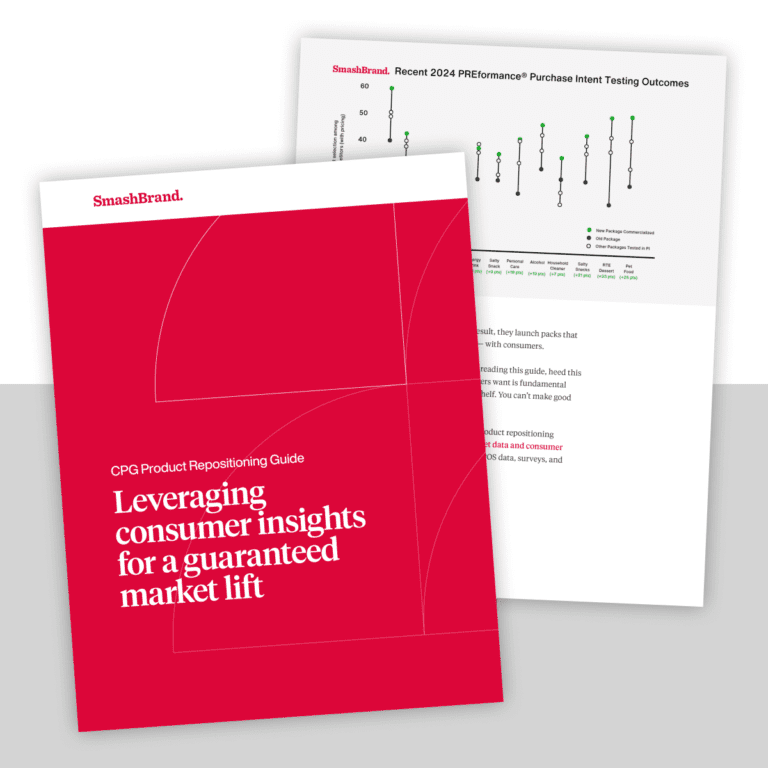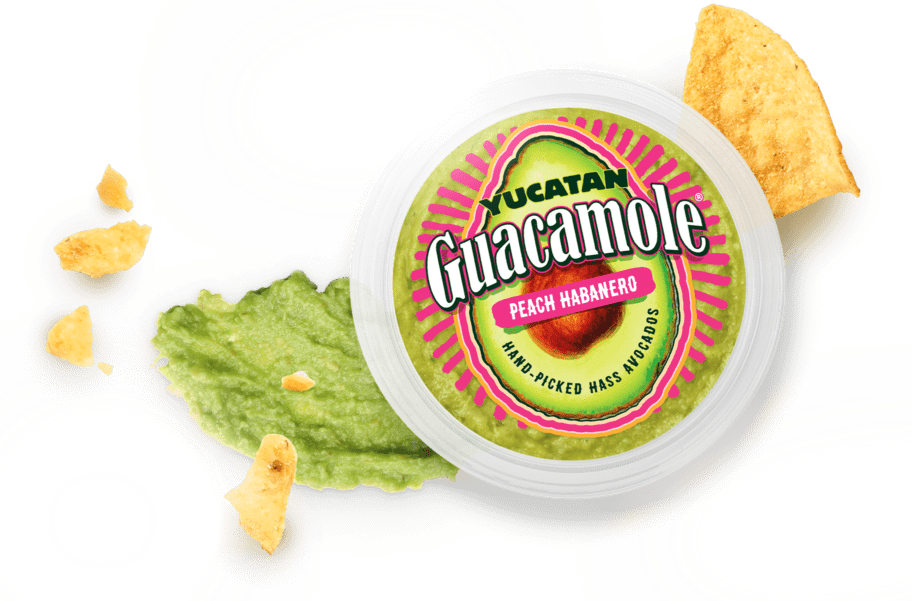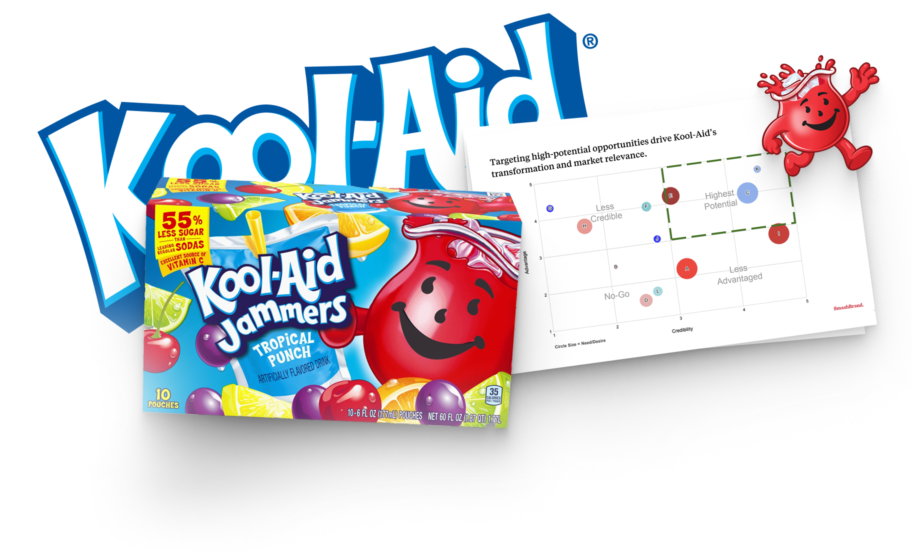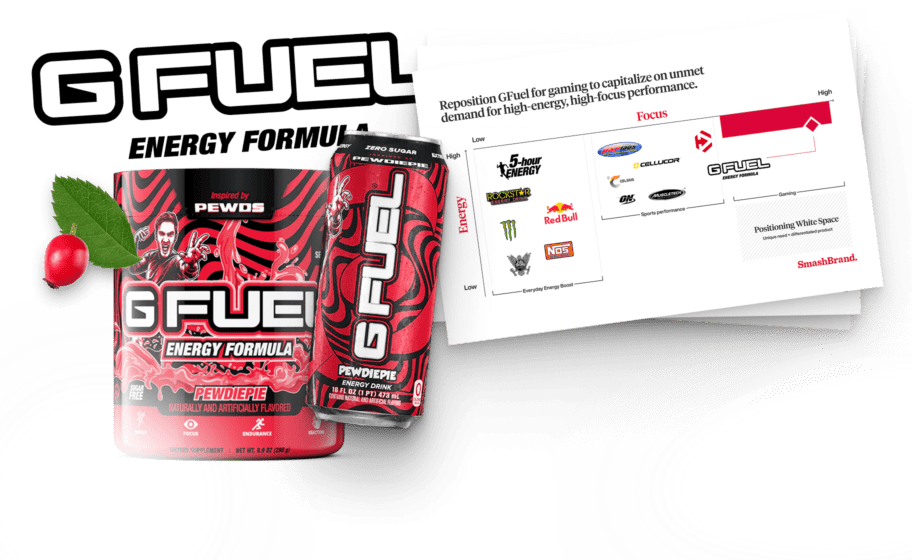L’Oréal leads the global beauty industry, with over $40 billion in sales, followed by Unilever, which has $26.15 billion in sales. Pause for a second and ask yourself, what really drives that kind of dominance? It’s the result of disciplined brand building that combines strategic positioning, robust activation, and consistent execution across every touchpoint
The problem with most brands is that they confuse aesthetic with performance. Too many beauty products rely on aesthetic trends and minimalist design without considering what actually motivates consumers to make a purchase. Reason? In the beauty industry, consumers don’t buy the packaging; they buy what the packaging tells them.
In this article, we’ll break down the packaging design elements for cosmetic products that actually convert. You will learn about the actual strategies and functionality that will turn your beauty products into category leaders. This article also explores the common mistakes that many brands make in the beauty industry.
A design that looks good is still a risk.
Most brands invest resources in aesthetic perfection without ever considering whether the packaging actually works. They chase luxury, simplicity, and sophistication, hoping that beauty alone will be enough to sell their products. But without validation, it’s just expensive guesswork.
Here’s what typically happens: a brand hires an award-winning design firm known for its artistic flair. That firm builds a stunning bottle, maybe even an innovative structural concept. It’s beautiful, yes, but was it tested? Was it shown to actual customers on an actual store shelf? Usually not. The result? A package that reflects the agency’s taste more than the customer’s reality.
Simplicity, when executed correctly, can convey purity and sophistication. But when it lacks information or fails to show innovation, it becomes a liability. Luxury without clarity is just noise.
What the consumer sees (and what they miss).
Consumers don’t interact with product packaging the way your team does. They’re not zooming in on kerning, inspecting embossing, or reading back-of-pack copy. They’re often moving through shelves or scrolling through thumbnails, scanning for something that clicks. And that click? It has to happen fast.
Now think about how most beauty packaging is reviewed: perfectly lit, center stage, judged for aesthetic beauty. But the store shelf isn’t a gallery, it’s chaos. And when your packaging finally meets real life, even the most polished design can get overlooked.
Take luxury packaging design, crafted bottles, soft-touch coatings, layers of nuance. It may look absolutely stunning, yes. But what happens when it sits next to fifteen other “luxury” products trying to do the same thing? Without clear visual cues or a hierarchy that guides the eye, it blurs.
There’s also the channel factor. Selling in Ulta? You might receive shelf signage, well-educated staff, and the opportunity to tell your story. But on a Target endcap, it’s just you, your packaging, and a quick decision.
That means your retail packaging must do more, immediately. And when you’re building for omnichannel, you need to think beyond shelf impact. Does it translate as a thumbnail on mobile? Can it stand out in an influencer unboxing? Does your box work in a static lifestyle flatlay?
The problems we see over and over.
The following are some of the most common problems we encounter at SmashBrand when working with brands.
Visuals that imply everything and communicate nothing: Designs often lean on abstraction, such as swirls, gradients, and color fades, without linking those elements to the product benefit or usage. It leaves the consumer with a mood, not a message.
Whitespace misused as a design crutch: Too often, whitespace is used to appear premium but lacks structure. Without a clear message hierarchy, the pack frequently feels empty.
Category conventions used as a substitute for branding: Brands default to what’s familiar: nude palettes for skincare, pastels for wellness, metallics for “luxury.” It’s safe, but it also makes your product indistinguishable from everyone else.
Claims buried under unnecessary design choices: Important information, such as benefits, ingredients, and differentiators, is treated like decoration. Either minimized, broken into hard-to-scan typography, or forced into areas of low visibility.
Design language that confuses the category: It occurs when packaging borrows tone, structure, or material cues from the wrong vertical. A beauty product that looks like a cleaning spray or a supplement erodes trust instantly.
Strong packaging starts with a clear objective.
Before we even consider color palettes or finish treatments, we define one thing: the job this packaging must do. Every beauty brand wants packaging that “pops” or “feels premium,” but that’s not an objective; that’s an output. At SmashBrand, we begin by asking: What decision are we trying to influence? What behavior are we trying to change? That becomes the blueprint.
Because in the beauty category, your packaging is a performance tool. On the store shelf, it must grab attention in a blink. Up close, it must trigger the belief that what’s inside is worth the price. And in those final seconds, it should guide the decision, removing hesitation and replacing it with action.
Each design element plays a role:
- Color attracts and signals category or benefit.
- Typography sets tone, builds trust, and tells the story.
- Structure adds memorability and conveys quality.
- Claims and messaging do the hard work of persuasion; not just what it is, but why it matters.
For beauty brands, shelf impact and premium cues are survival tools. If your product can’t command presence or deliver trust immediately, it’s a serious strategic issue. That’s why our process builds everything from your brand positioning outward. We design to provide outcomes.
Don’t compete with the category, compete with clarity.
In beauty, too many brands make the same mistake: they benchmark against category trends and end up blending right into them. The result? A wall of pastel bottles, elegant fonts, and vague promises that all look like variations of the same idea.
We don’t believe in out-designing the category. We believe in out-clarifying it because clarity is your competitive edge. The goal is to be more decisive, clear, and confident in what you’re offering.
Your consumer isn’t reading packaging like a magazine spread. They’re scanning for a reason to care, a reason to choose you. Clarity means your packaging answers real questions without hesitation:
- What is this?
- Why is it different?
- Why should I trust it?
- Is it for me?
Build brand assets that actually belong to you.
In a beauty aisle, owning attention starts with owning assets. Distinctive brand assets, like signature color blocking, custom structures, or proprietary patterns, are tools designed to drive recall, build trust, and create consistency across every SKU and channel. The goal is not to invent something wild but to maintain consistency with purpose.
The right assets reinforce your pack’s job: grabbing attention, guiding the shopper, and anchoring memory for repeat purchases. Structure, layout, naming, and iconography should scale with your brand, not fight against it. When done right, your packaging becomes unmistakably yours.
Performance packaging is a system.
Winning at the shelf takes more than creative flair. It takes testing, validation, and refinement until your design isn’t just liked, it’s chosen.
The following are the must-haves for packaging that sells:
- Real-world testing. Put designs in shelf sets, DTC thumbnails, and hands-on scenarios that reflect how consumers actually shop.
- Contextual simulation. Measure performance across every touchpoint in the shopper journey, from the 3-second shelf scan to the DTC click.
- Validated purchase intent. Confirm consumer choice before launch so your packaging enters the market with certainty, not hope.
SmashBrand’s PREformance™ methodology makes it possible. We simulate the buying environment and validate consumer behavior. We refine the design until it performs, and every iteration brings us closer to commercially bulletproof packaging.

Nice Package
Don’t miss out on our monthly newsletter Nice Package!
Each month, we deliver a data-driven newsletter directly to your inbox, unpacking a critical topic in the FMCG & CPG industry.
"*" indicates required fields
Data-driven beauty packaging design that performs.
SmashBrand is a data-driven beauty packaging design agency that builds brands to perform in the real world. We go beyond aesthetics to uncover what truly drives consumer choice in the beauty aisle and online.
Through our PREformance™ testing methodology, we simulate the exact shopping environments your products face, validating purchase intent before launch. The result? Packaging that consistently drives sales velocity and brand growth.
If you’re ready to transform your beauty brand with packaging that performs, let’s talk. Our integrated process unites strategy, design, and testing under one roof, eliminating risk and ensuring every decision moves you closer to measurable results.
Subscribe to
Nice Package.
SmashBrand’s Nice Package: Stay current with our latest insights
Free Resource.

CPG product repositioning guide.
Explore the five undeniable signs your CPG product needs repositioning along with strategies for leveraging consumer insights for a guaranteed market lift.
Download Whitepaper About CPG product repositioning guide.


